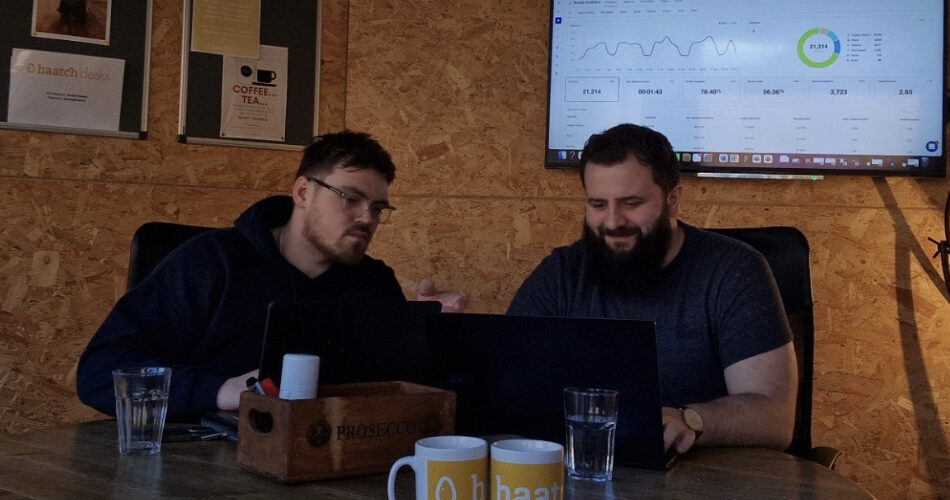#5 Conversion rate
When executed effectively, SEO can drive high-intent traffic and generate significant search volume. By optimising for the right keywords, you can control visitors’ intent on your site, ensuring they are genuinely interested in your products. This targeted approach helps sustain your rankings and attracts qualified leads who are more likely to convert.
For eCommerce brands trying to break into the UK market, capturing high-intent organic traffic is essential. These users arrive with specific needs and are often further along in the buying journey, which translates to stronger conversion rates.
When your SEO strategy aligns with the interests of potential customers, you not only create a pathway for effective engagement but positively impact your checkout completion rates.
By driving qualified traffic, you can reduce checkout abandonment rates. Since these visitors have already expressed interest in your products through their search behaviour, they are much more likely to follow through with their purchases, leading to improved sales performance.
Moreover, the benefits of high-intent traffic extend beyond organic search. When your site ranks well for relevant keywords, it enhances the effectiveness of your paid marketing efforts.
Increased brand recognition and credibility can make users more receptive to your paid ads, improving click-through rates (CTR) and conversion rates across all channels. This synergy reduces customer acquisition costs (CAC) while maximising return on ad spend (ROAS).
By integrating a robust SEO strategy into your overall marketing plan, you not only enhance your organic presence but also support your paid efforts. This comprehensive approach is vital for eCommerce brands looking to establish themselves in the UK market, enabling sustained growth, improved checkout performance, and increased revenue.
This version highlights the impact of controlled traffic intent on checkout completion and abandonment rates, providing a clear link to the benefits for eCommerce brands in the UK market.










